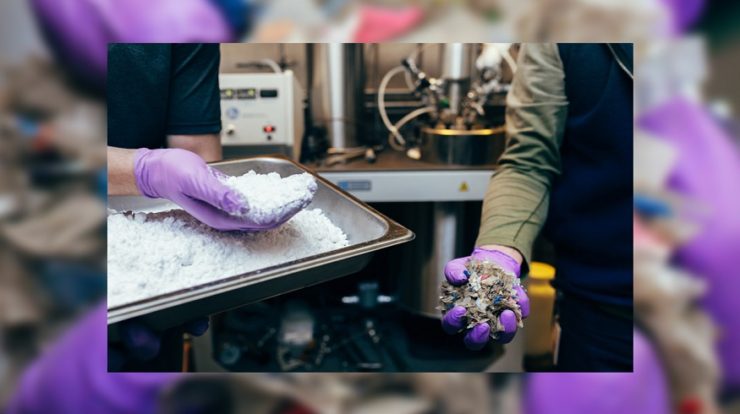
Catalysts are chemical substances that alter the speed of a chemical reaction without undergoing any change themselves. Catalysts can be positive, as well as negative. Positive catalysts increase the speed of a chemical reaction, while negative catalysts decrease the speed of a chemical reaction. Because of their ability to alter the pace of a chemical reaction, catalysts are of great use in the industrial manufacturing of chemicals. A catalyst that is used in the industrial manufacturing of chemicals is called an industrial catalyst.
A Brief History of Industrial Catalysts
- Hughes used the catalyst for the first time in the manufacturing of lead chamber sulphuric acid in 1746. Before the 1750s, catalysts were used to make beverages and foods. Manufacturing of sulphuric acid through a lead chamber is the earliest known use of catalysts in industrial processes. Since then, the study of catalysis has advanced leaps and bounds, and a large number of catalysts have been discovered, which have reduced the manufacturing costs of petroleum products, fertilizers, and drugs.
Heterogeneous and Homogenous Catalysts
Catalysts are of two types
1-Homogenous Catalysts
2-Heterogenous Catalysts
Homogenous catalysts are the ones that are in the same phase as reactants. Such catalysts mix in the solution. Due to mixing in the solution, they enable more interaction between molecules and speed up the chemical process. But homogenous catalysts are generally not fit for use in industrial processes as it becomes very difficult to separate them.
Heterogeneous catalysts are the catalysts which remain in a different phase than the reactants during the reaction. Heterogeneous catalysts can easily be recovered after the completion of a chemical reaction and can be easily used for the next reaction. This makes them ideal for the industrial manufacturing of chemicals. Hence they are mostly preferred over homogenous catalysts.
Some Examples of Catalysts
The use of iron in the manufacture of ammonia through the Haber-Bosch process is an example of the use of catalysts in industrial manufacturing. In this process, iron is the catalyst. Similarly, vanadium, platinum, nickel, and manganese oxide are some commonly used catalysts in various reactions.
Why is Research on Catalysts so Important?
By increasing the speed of a chemical reaction, catalysts make the process of industrial manufacture of vital chemical substances cost-effective. Catalysts have made medications, petroleum products, fuels, and polymers affordable and within reach of the common man. As such, companies invest a lot in scientific research dedicated to the improvement and discovery of new industrial catalyst. In this age of environmental legislation and push towards eco-friendly manufacturing processes, the discovery of new and effective catalysts can not only make valuable substances affordable but also help in protecting the environment. All this has increased the demand for the discovery of new and better catalysts.
